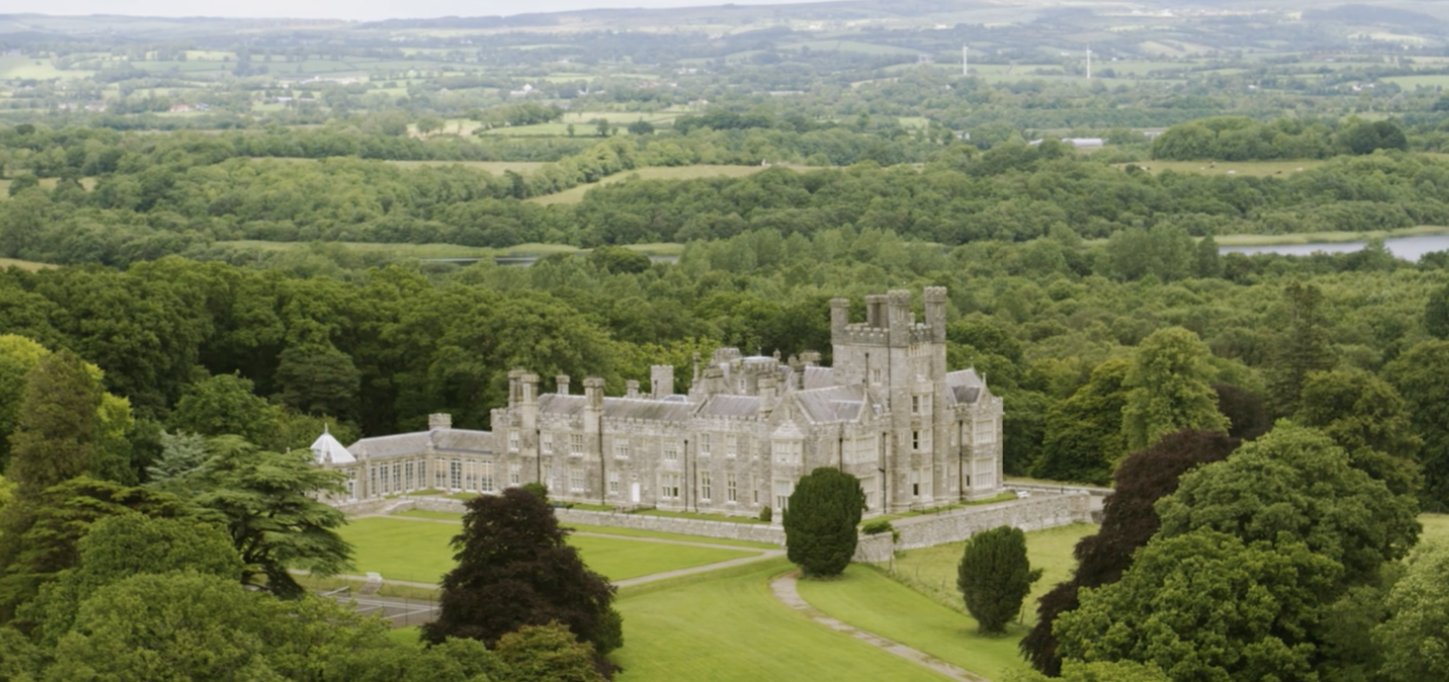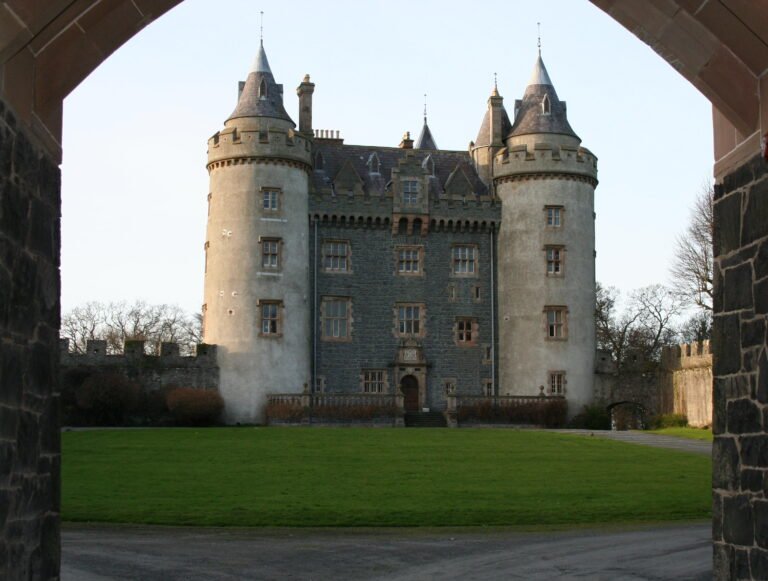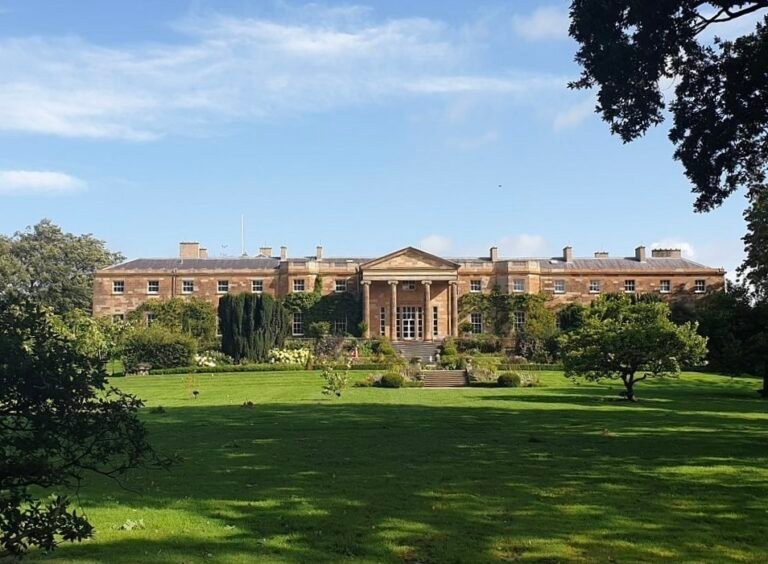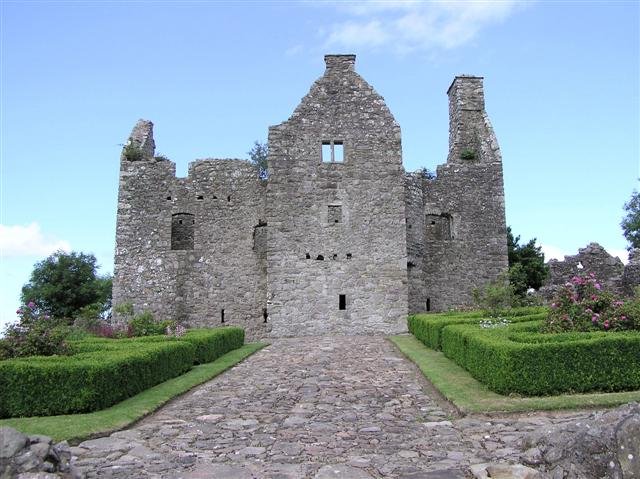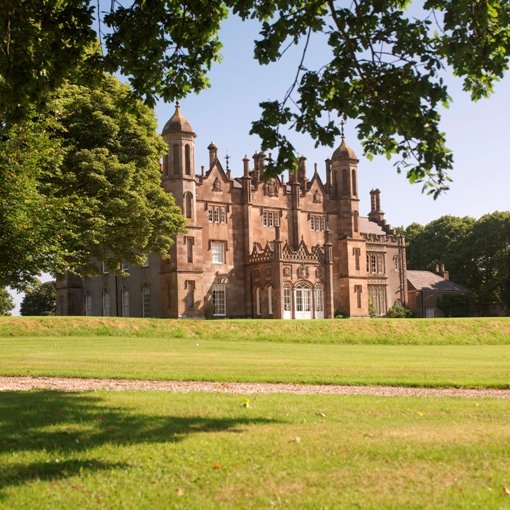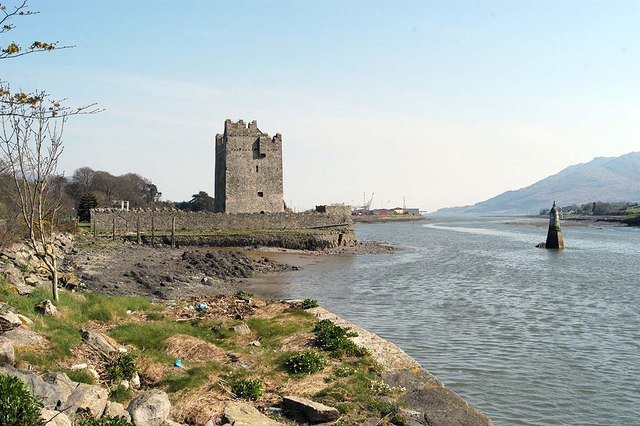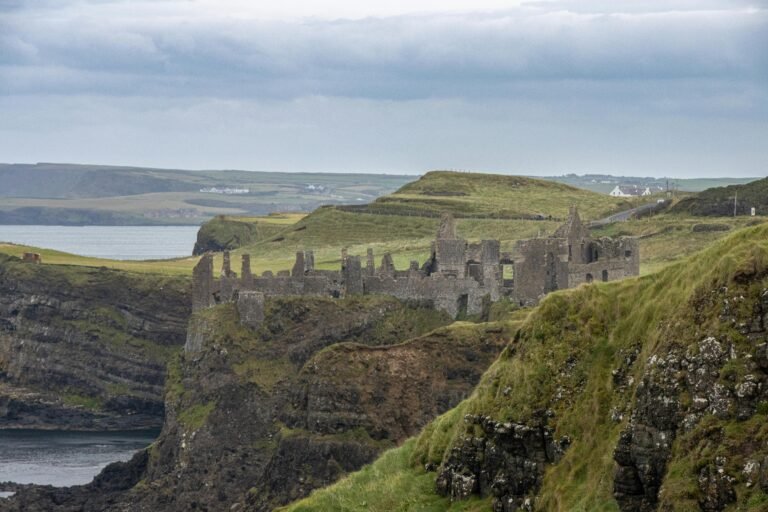Crom Castle: Northern Ireland’s Lakeside Estate
Crom Castle: Imagine a neo-Tudor castle rising from a serene lakeside setting, framed by ancient woodland and wild deer roaming nearby. That’s Crom Castle, one of Northern Ireland’s most remarkable estates, located on the shores of Upper Lough Erne in County Fermanagh. Known as the ancestral seat of the Earls of Erne, this private residence combines aristocratic heritage with breathtaking natural beauty. Today, visitors can explore the wider Crom Estate, stay in charming cottages, or book exclusive tours of the castle itself.
Whether you’re a family seeking nature walks, a couple looking for a romantic retreat, or a solo traveller chasing history and tranquillity, Crom Castle offers a unique experience. In this guide, we’ll explore its history, practical visitor information, itineraries, nearby highlights, and broader travel themes across the UK.
History of Crom Castle
The current Crom Castle was built in 1840 by architect Edward Blore, a favourite of Queen Victoria who also worked on Buckingham Palace. It replaced an earlier 17th-century castle, whose ruins still stand nearby within the estate grounds. The earlier Crom Castle was destroyed by fire twice, in 1764 and again in 1841, reflecting the turbulent history of Ireland during that period.
The Castle has long been associated with the Crichton family, who later became the Earls of Erne. It remains their ancestral home, with the 6th Earl of Erne, John Crichton, still residing in part of the estate. Crom Castle is unique in that it is not open to the general public in the way that many UK castles are. Instead, access is limited to private group tours, pre-arranged visits, and special events, giving it an exclusive, almost hidden quality.
The castle’s neo-Tudor architecture features battlements, towers, and grand interiors that capture the 19th-century romantic vision of a medieval fortress. The estate itself, covering over 1,900 acres, is managed by the National Trust and is recognised as one of Northern Ireland’s most important conservation areas, home to rare wildlife including pine martens, red squirrels, and ancient oak woodland.
Crom Castle: Key Facts and Visitor Information
- Location: Upper Lough Erne, County Fermanagh, Northern Ireland
- Architect: Edward Blore (1840)
- Estate Size: 1,900 acres, managed by the National Trust
- Ownership: Private residence of the Earl of Erne
- Public Access: Estate grounds and cottages accessible; castle tours by prior booking only
- Nearest Town: Lisnaskea (5 miles)
- Transport: 2 hours from Belfast by car; limited public transport (bus to Lisnaskea, taxi to estate)
- Special Features: Old Crom Castle ruins, woodland walks, boating on Lough Erne
Exploring Crom Estate
The Old Castle Ruins
The remains of the 17th-century Crom Castle lie within walking distance of the current residence. Once a fortified stronghold during the Plantation era, these ruins include defensive towers and walls, offering a glimpse into Ireland’s turbulent past. Families and history enthusiasts alike will find it a fascinating contrast to the grandeur of the later 19th-century castle.
Nature Trails and Wildlife
Crom Estate is a haven for nature lovers. Trails wind through ancient oak woodlands and along the lough’s shoreline. Look out for fallow deer, otters, and a wide variety of birdlife. The estate is also one of the best places in Northern Ireland to spot red squirrels, which thrive in its woodlands thanks to conservation efforts.
Boating on Lough Erne
The estate provides access to Upper Lough Erne, where visitors can hire boats, kayaks, or join guided trips. The lough’s network of islands and inlets makes for a peaceful and scenic day on the water, perfect for couples and families looking for outdoor adventure.
Practical Travel Tips
- Getting There: Best reached by car. The estate entrance is about 5 miles from Lisnaskea, which is connected to Enniskillen by bus services.
- Parking: Free parking is available at the National Trust visitor centre.
- Opening Times: Crom Estate grounds are open year-round. The castle itself is only accessible by pre-arranged tours.
- Accessibility: The estate paths are relatively flat and suitable for most visitors, though the old castle ruins have uneven terrain.
- Family Friendliness: Great for picnics, nature trails, and exploring the old ruins. Children enjoy the wide open spaces and spotting wildlife.
- Best Time to Visit: Late spring to early autumn offers the best weather and wildlife activity.
Suggested Itineraries
1. One-Day Family Adventure
- Morning: Walk through Crom Estate woodlands and spot red squirrels.
- Lunch: Picnic on the shores of Lough Erne.
- Afternoon: Explore the Old Crom Castle ruins and enjoy a short boat trip on the lough.
- Evening: Return to Lisnaskea or Enniskillen for dinner.
2. Two-Day Romantic Escape
- Day 1: Arrive at Crom Estate, check into a National Trust cottage. Enjoy a private castle tour (pre-booked) and evening walk by the lough.
- Day 2: Spend the morning boating on Lough Erne, then visit nearby Enniskillen Castle and the Marble Arch Caves before heading home.
Where to Eat and Stay Near Crom Castle
Eating
- Carrybridge Lakeside Lodge: Local pub food with lakeside views, ideal for families.
- The Moorings, Bellanaleck: A cosy spot with hearty meals, popular with couples.
- Enniskillen: A wider range of dining, from casual cafés to fine dining restaurants.
Staying
- Crom Cottages: National Trust self-catering cottages, perfect for longer stays.
- Manor House Country Hotel: A historic lakeside hotel offering a more luxurious option.
- Enniskillen Town: Plenty of B&Bs, hotels, and guesthouses catering to all budgets.
Special Events and Experiences
Crom Estate regularly hosts events such as nature walks, guided wildlife tours, and heritage weekends. The castle itself is occasionally used for private functions and weddings, adding to its exclusivity. For something unique, visitors can book fishing experiences or join seasonal events such as bat walks in the summer evenings.
Broader UK Travel Connections
Visiting Crom Castle offers a gateway to wider castle and heritage tourism across the UK. Northern Ireland is home to iconic sites such as Enniskillen Castle, Dunluce Castle on the Antrim coast, and Castle Ward, famous as a filming location for Game of Thrones. Further afield, travellers can explore England’s Windsor Castle, Scotland’s Stirling Castle, or Wales’ Caernarfon Castle.
This broader theme of castle tourism connects history lovers, families, and photographers with the UK’s deep heritage. Crom Castle stands out as a hidden gem – less visited, more exclusive, and deeply tied to Ireland’s landscape and history.
FAQs about Crom Castle
Can you visit Crom Castle?
The castle itself is a private residence and can only be visited by booking private group tours. However, the Crom Estate grounds, cottages, and visitor facilities are open year-round under the National Trust.
What is Crom Castle known for?
Crom Castle is known for its neo-Tudor architecture designed by Edward Blore, its role as the ancestral seat of the Earls of Erne, and its scenic location on Upper Lough Erne in County Fermanagh.
Is Crom Estate family-friendly?
Yes. The estate has nature trails, picnic spots, and open spaces ideal for children. Families particularly enjoy exploring the Old Castle ruins and spotting red squirrels in the woodlands.
Final Thoughts
Crom Castle blends aristocratic heritage with natural beauty, making it one of Northern Ireland’s most atmospheric estates. Whether you’re tracing the footsteps of the Earls of Erne, picnicking by the lough, or staying overnight in a woodland cottage, it offers a rare blend of exclusivity and tranquillity. For travellers seeking something off the beaten path in the UK, Crom Castle deserves a place on the itinerary.
